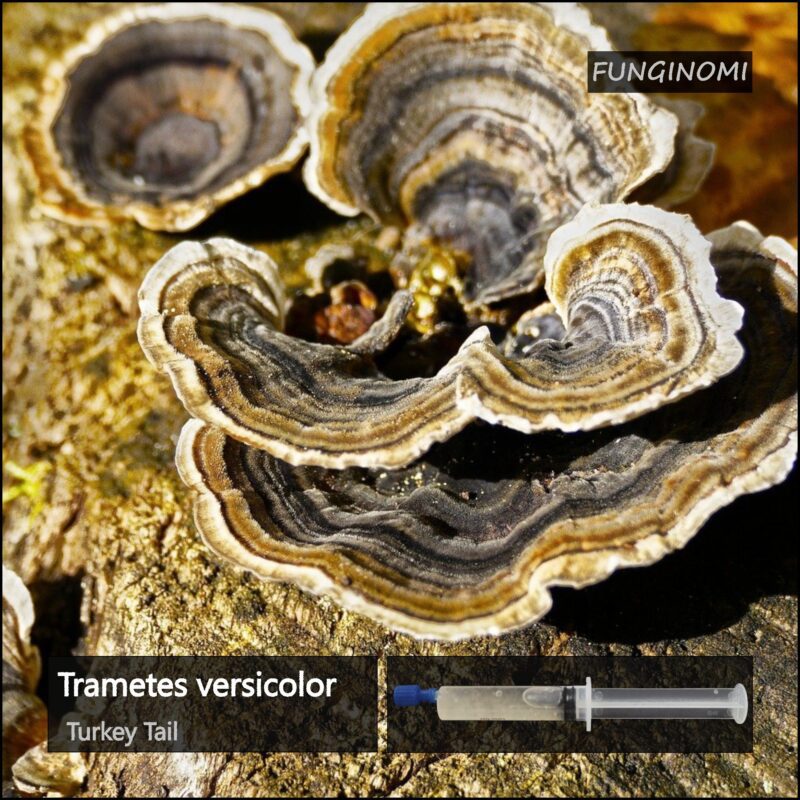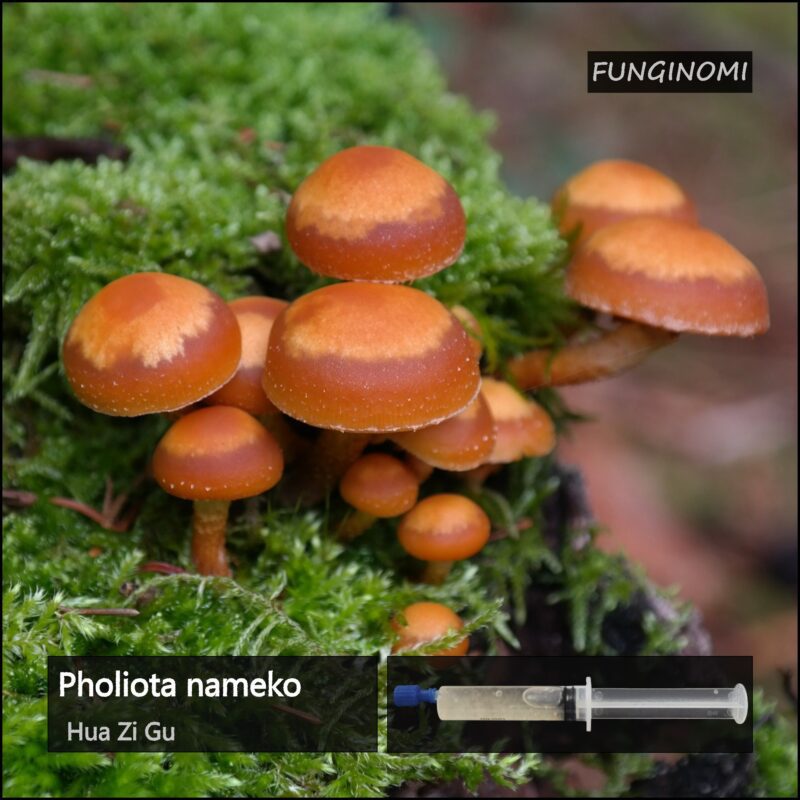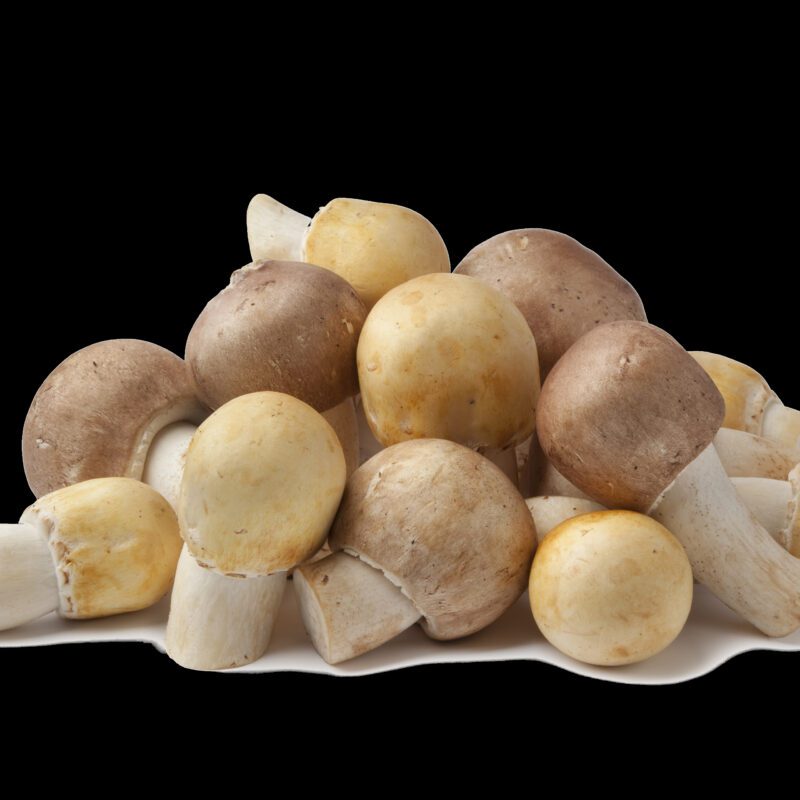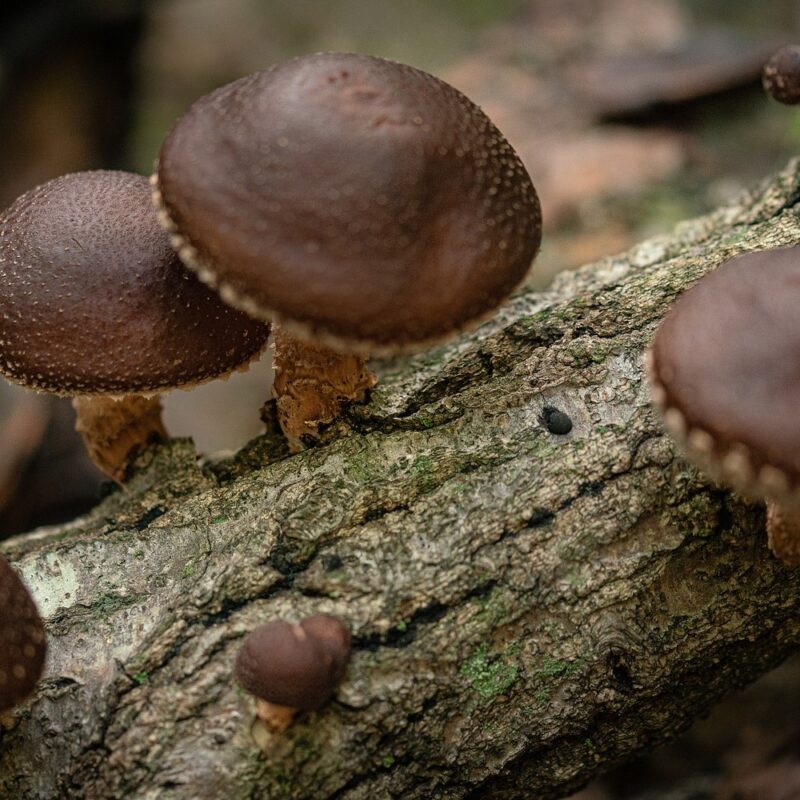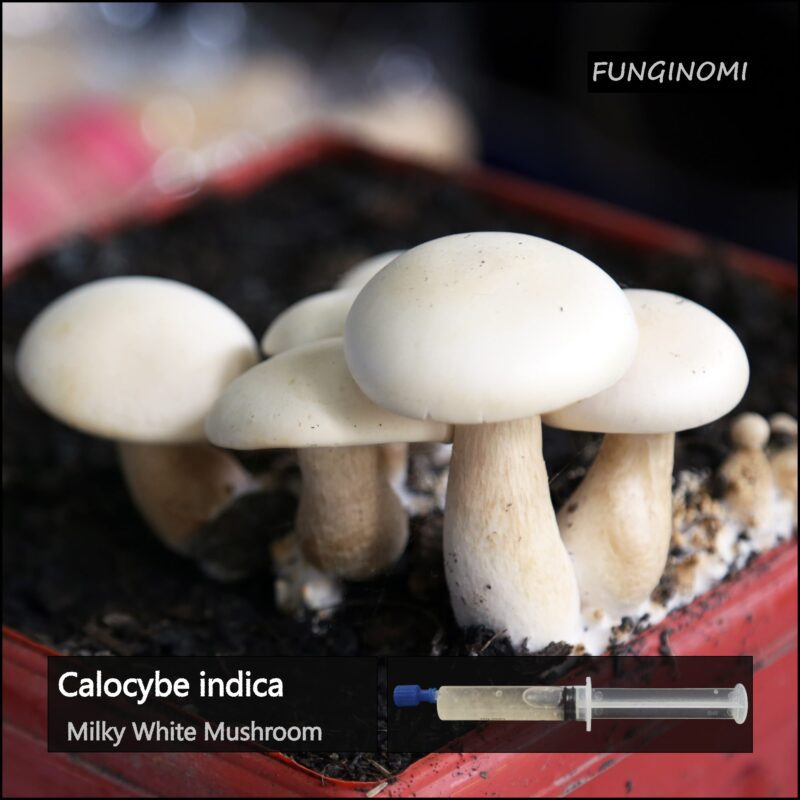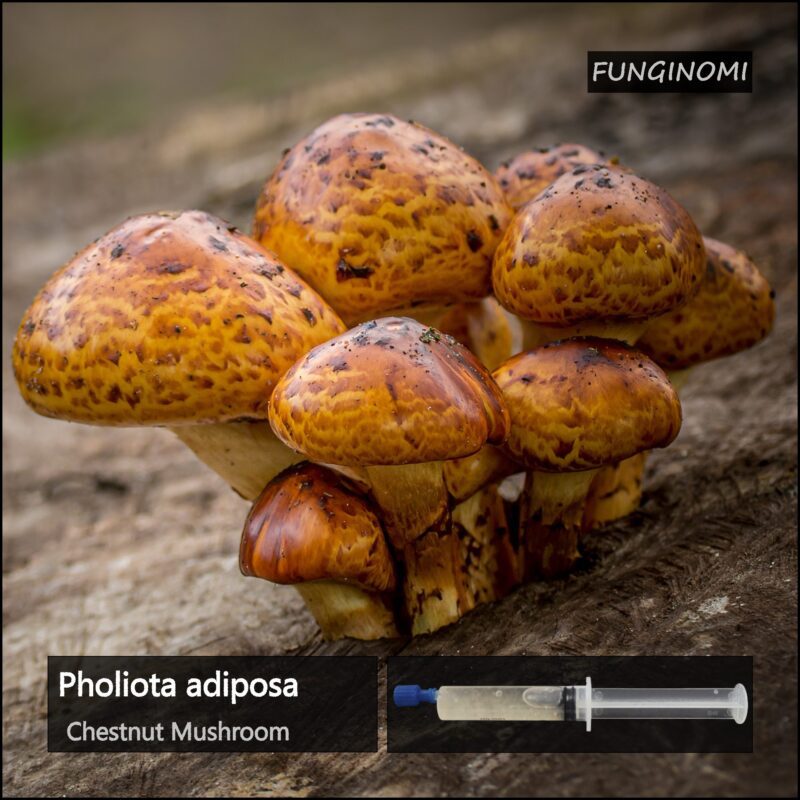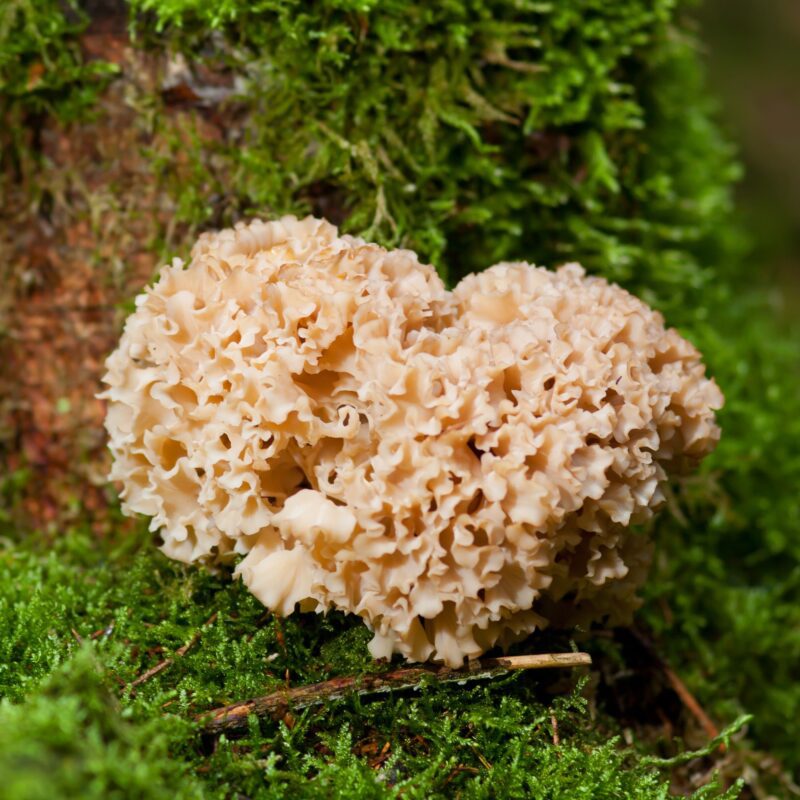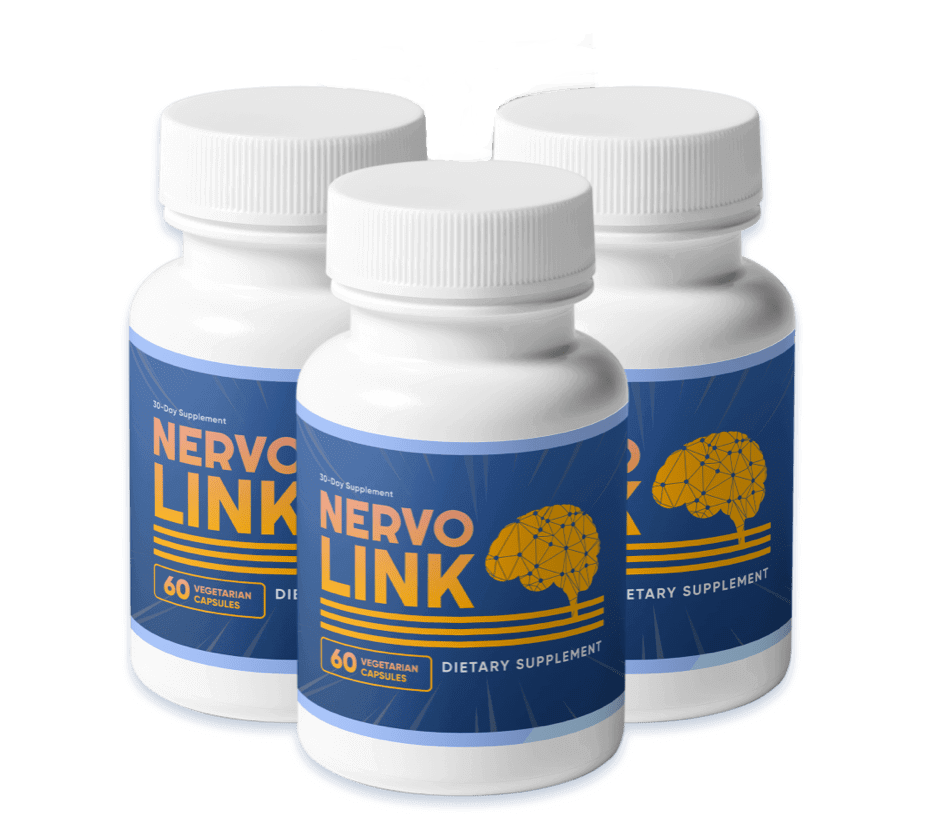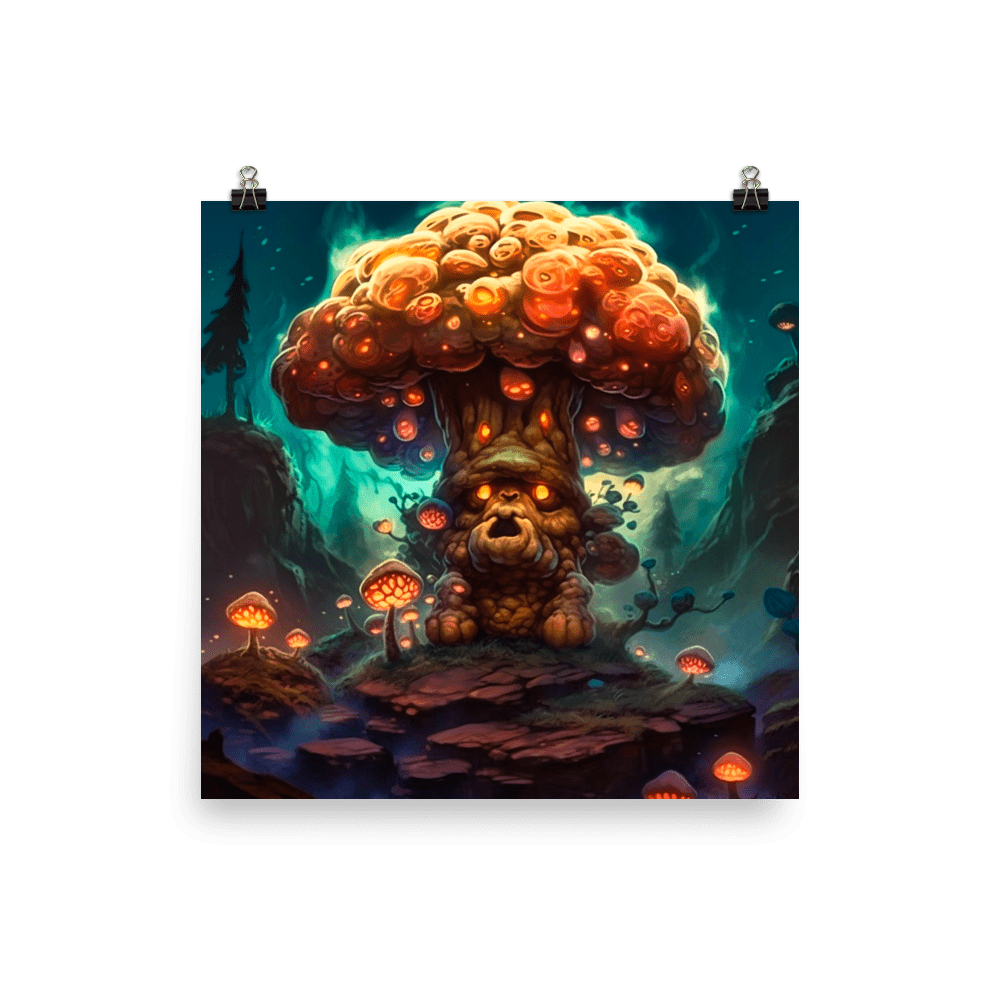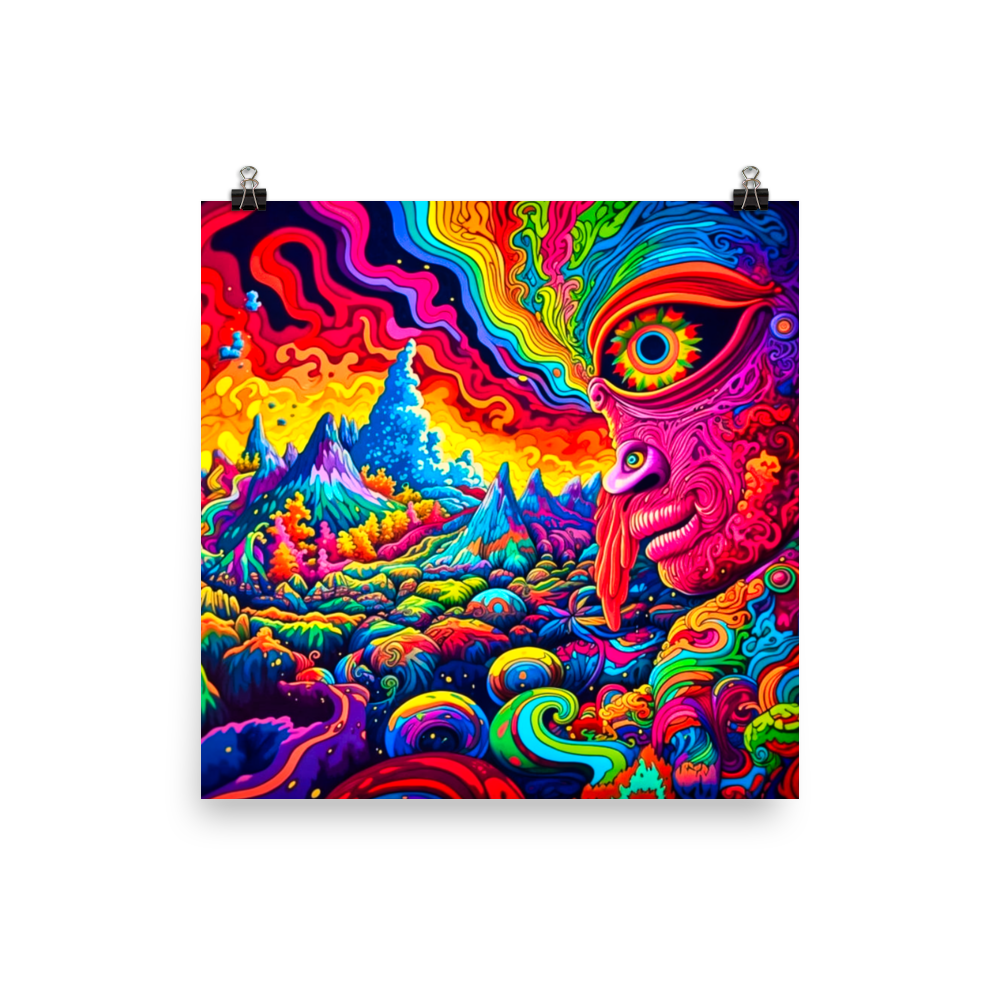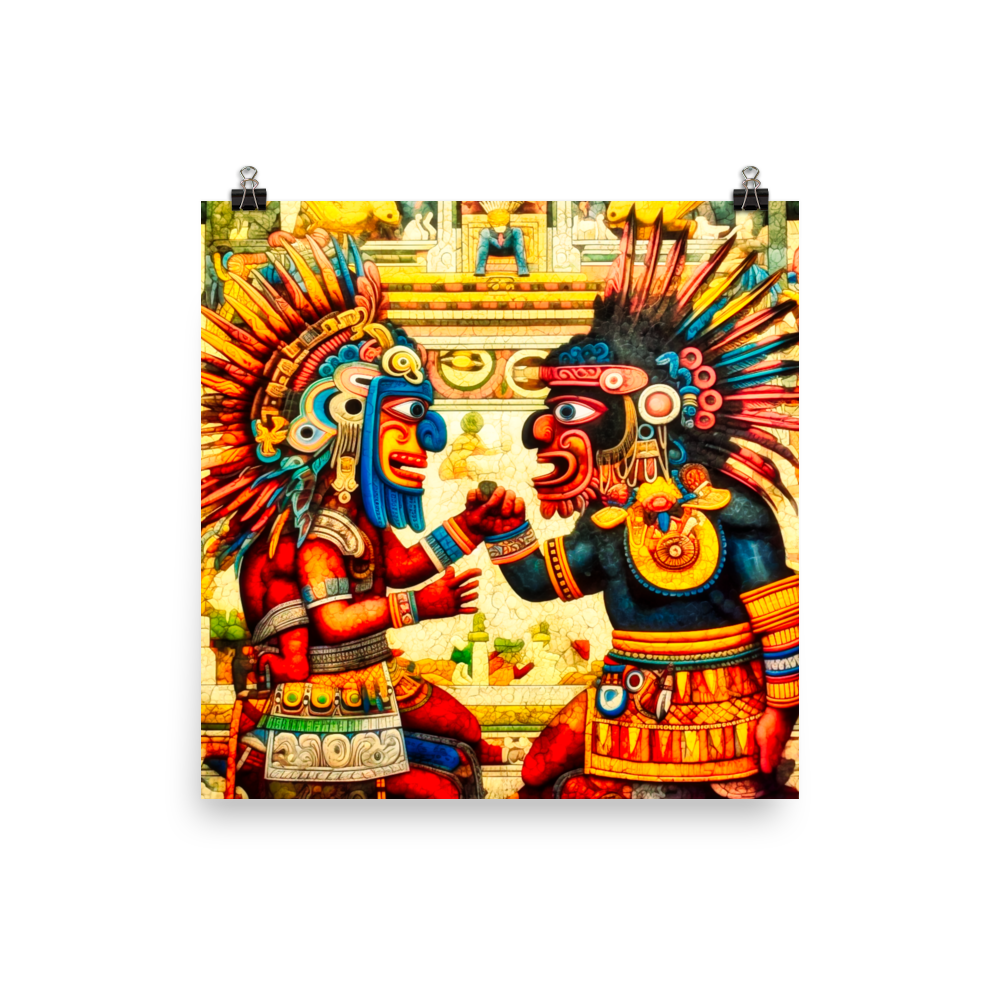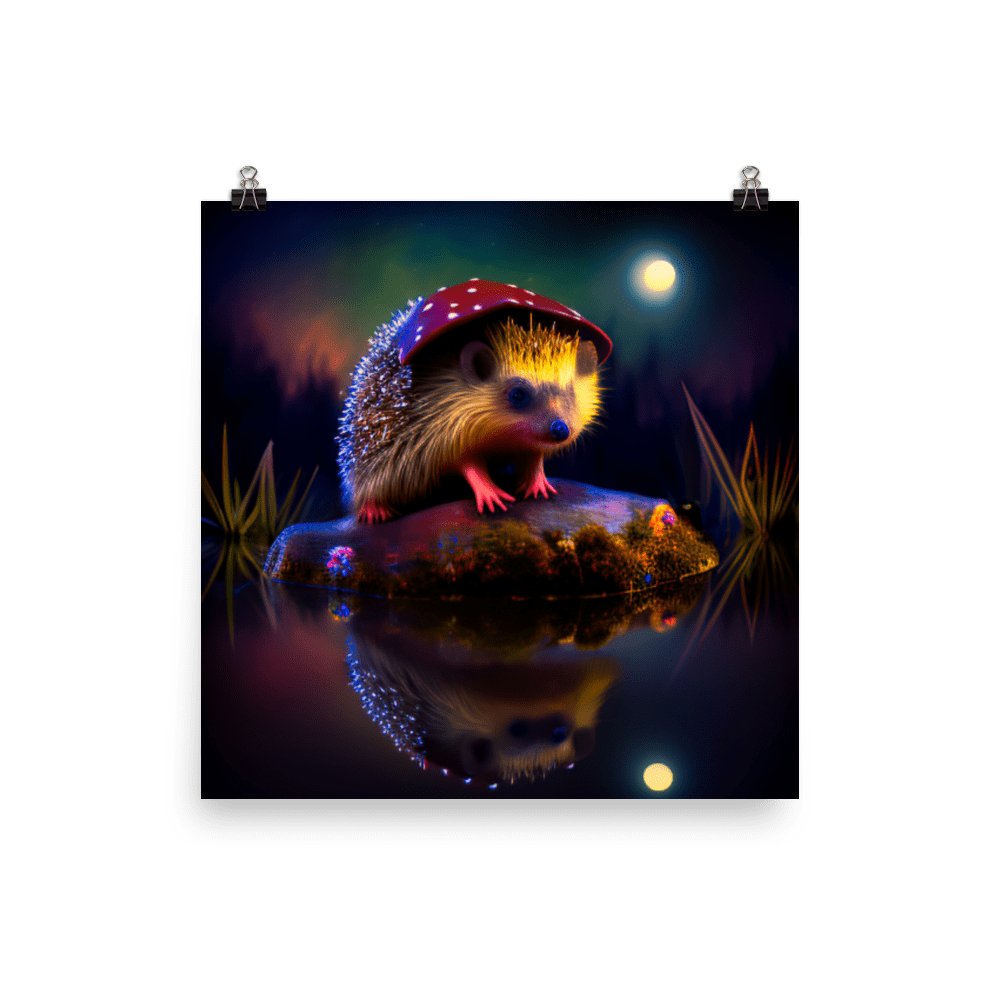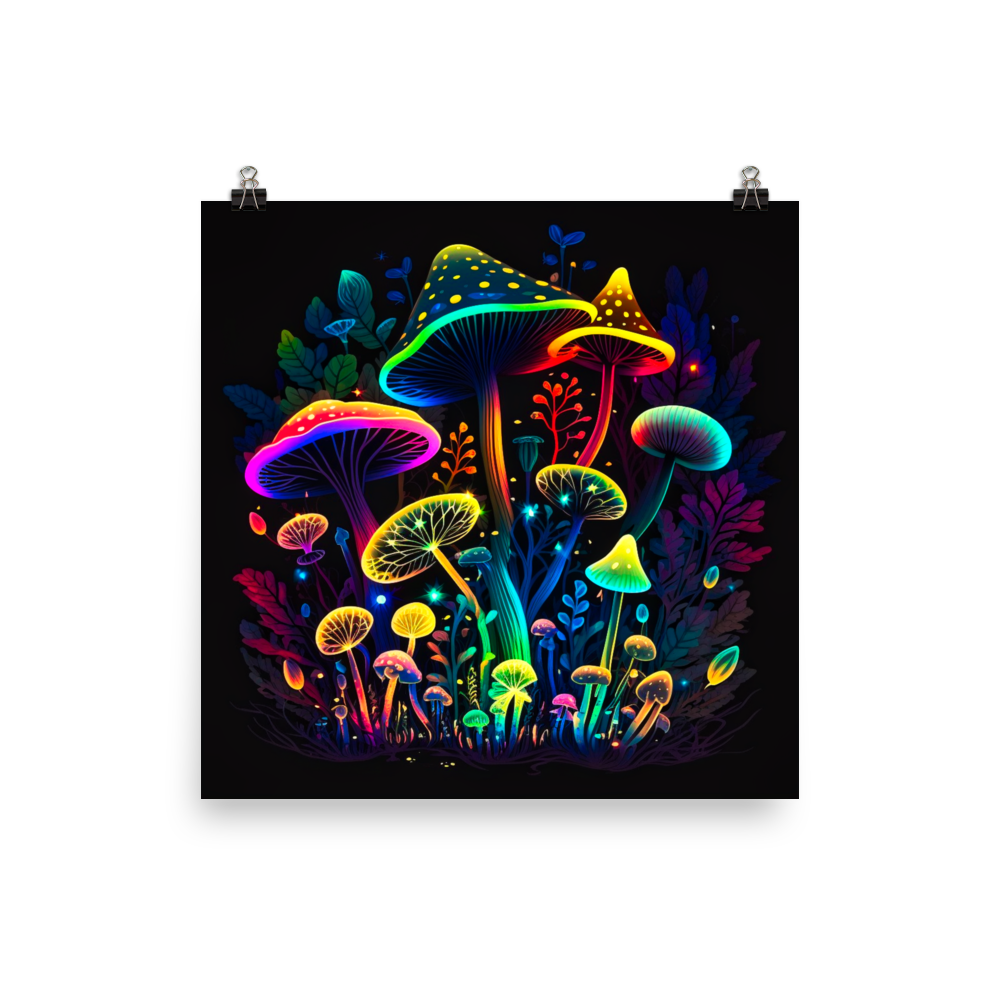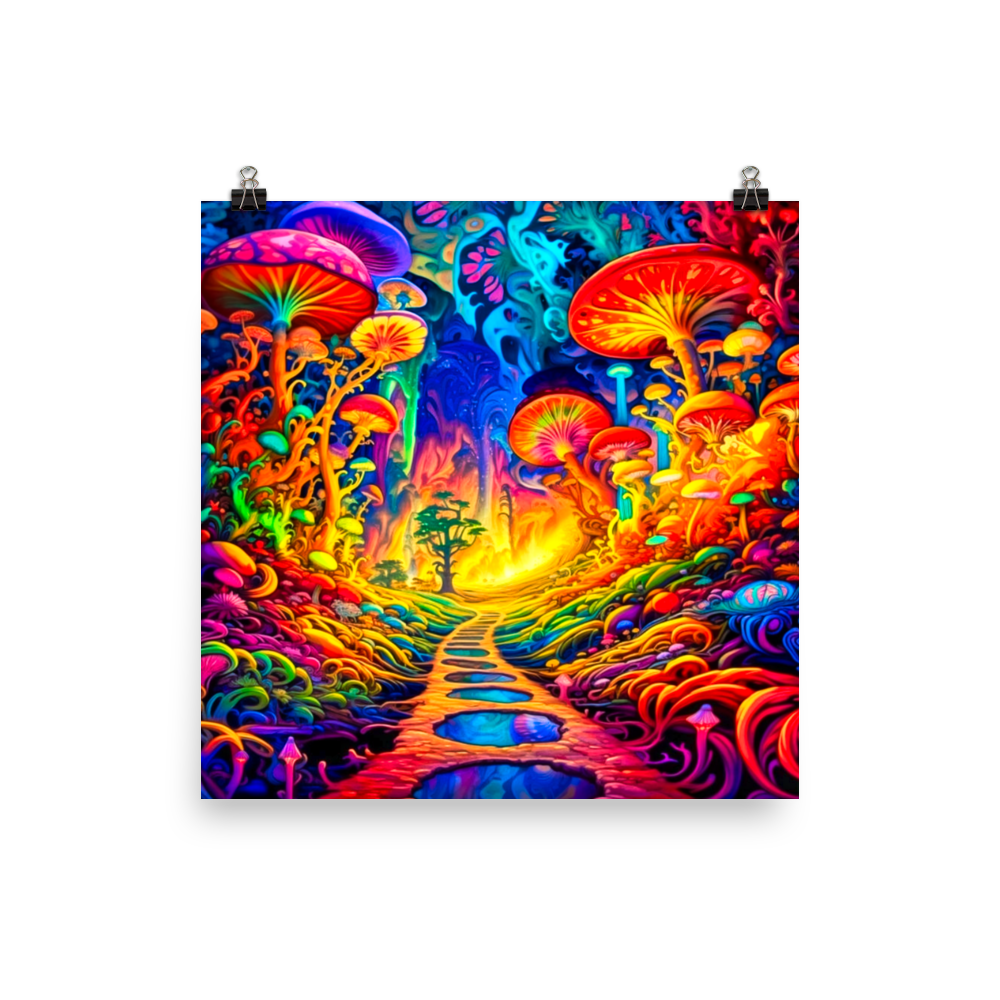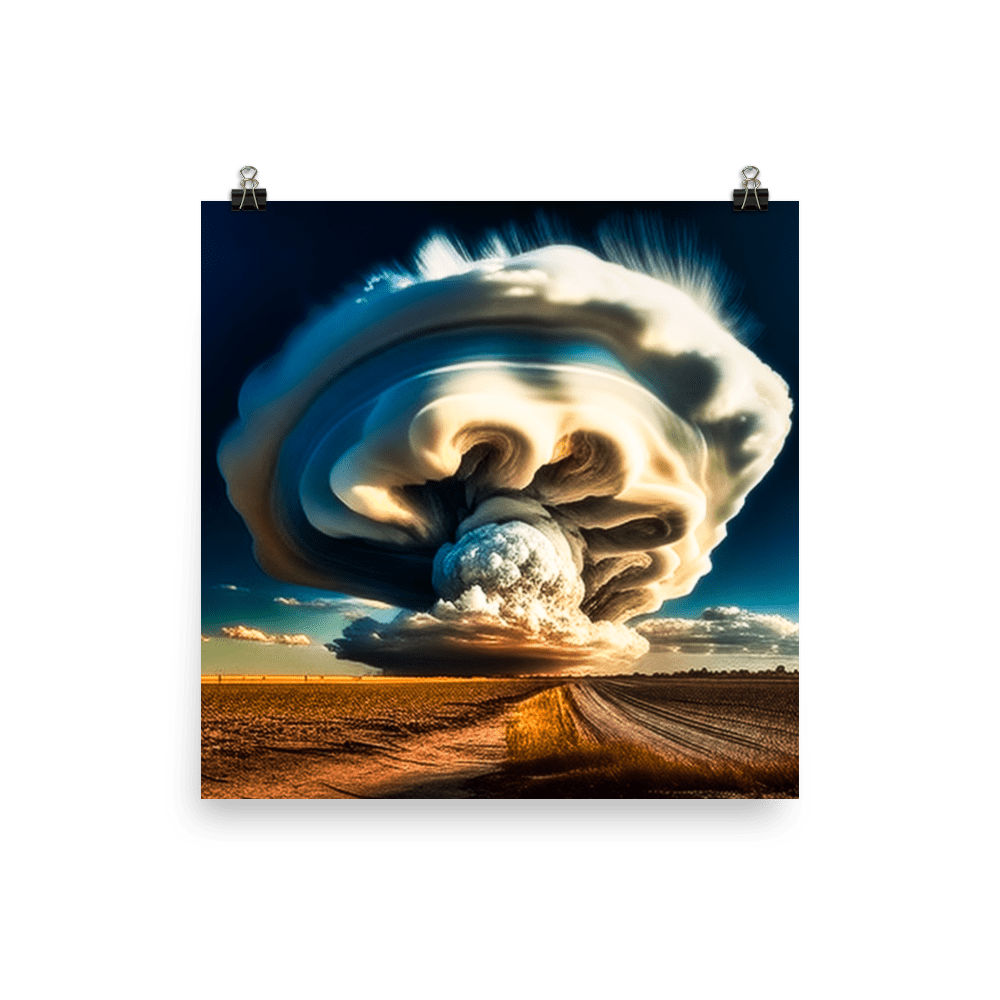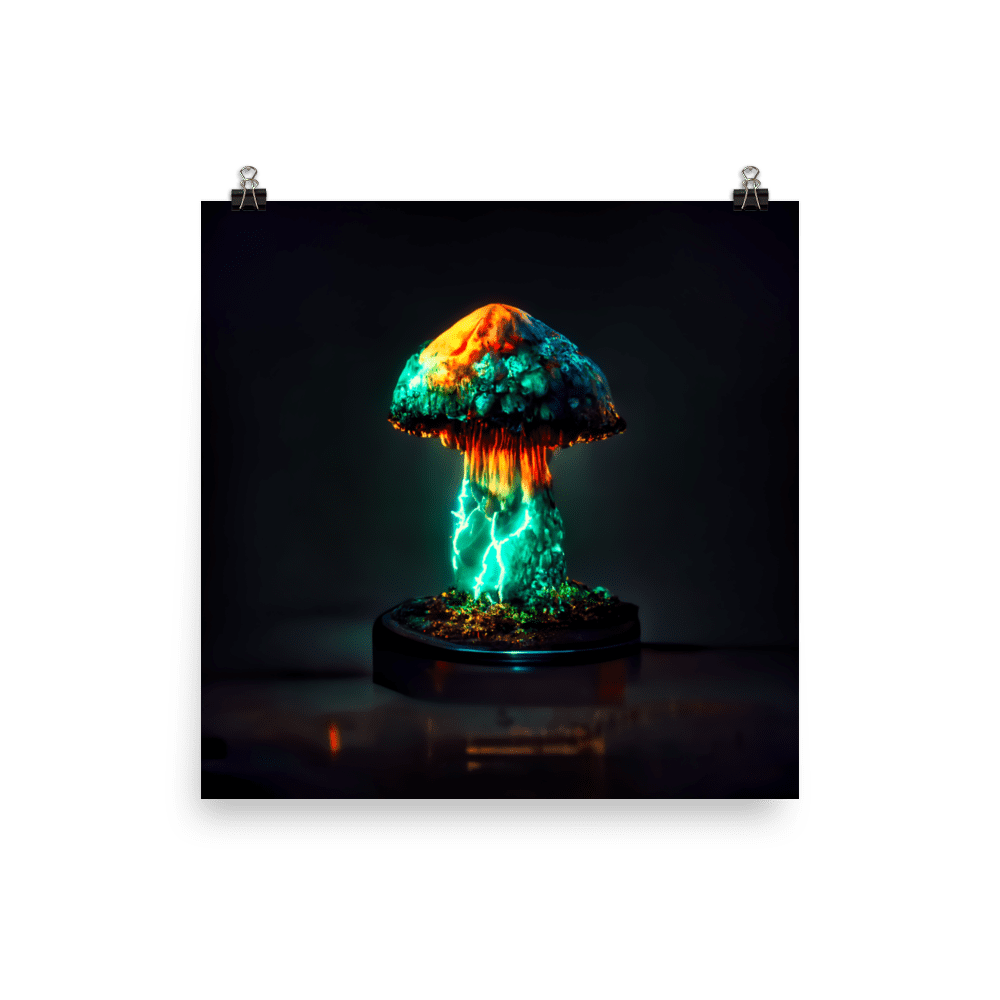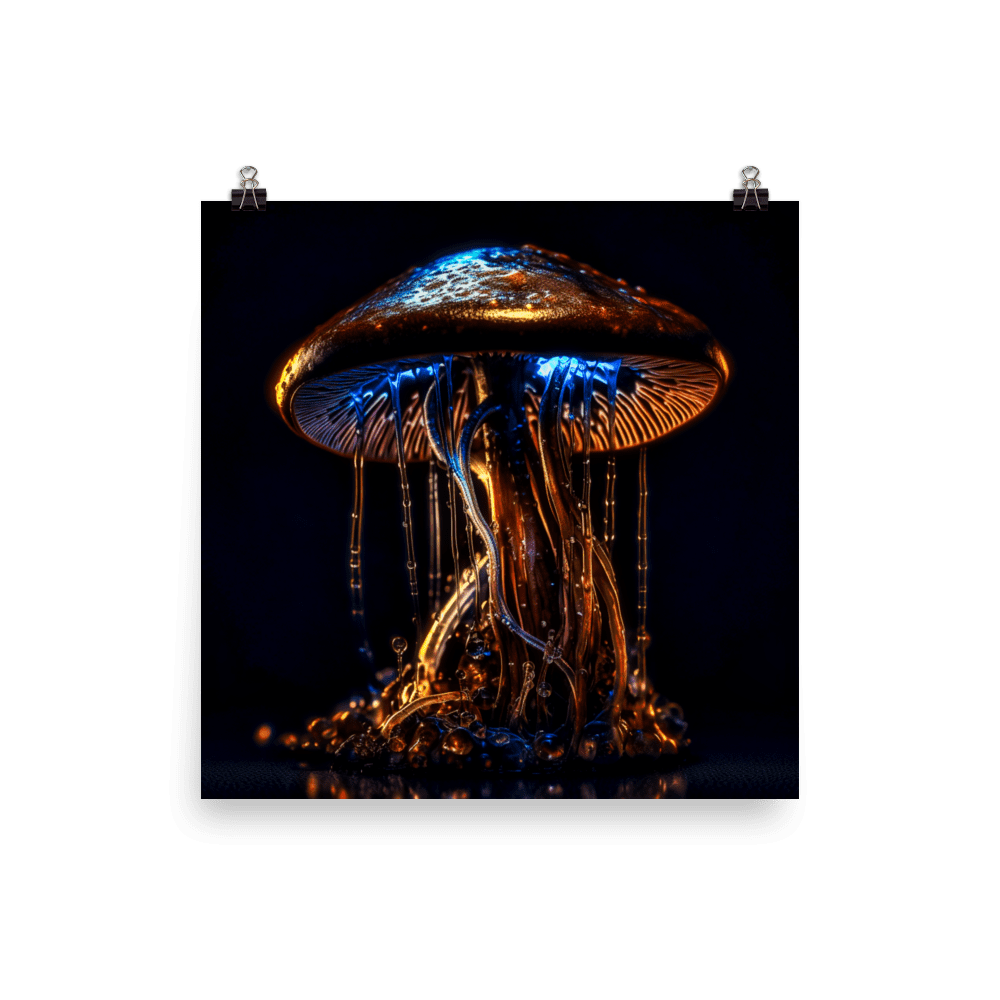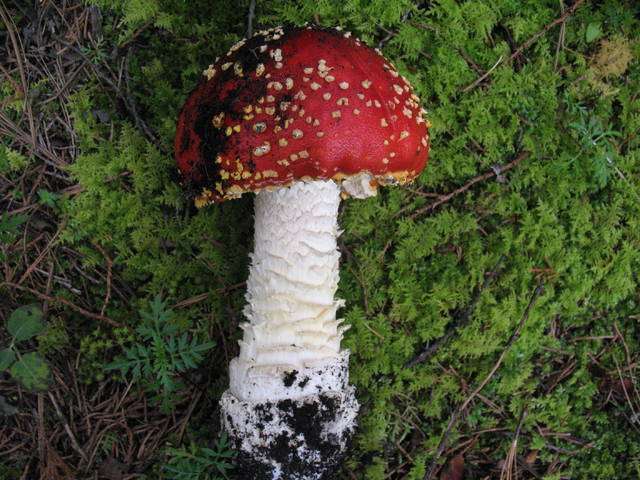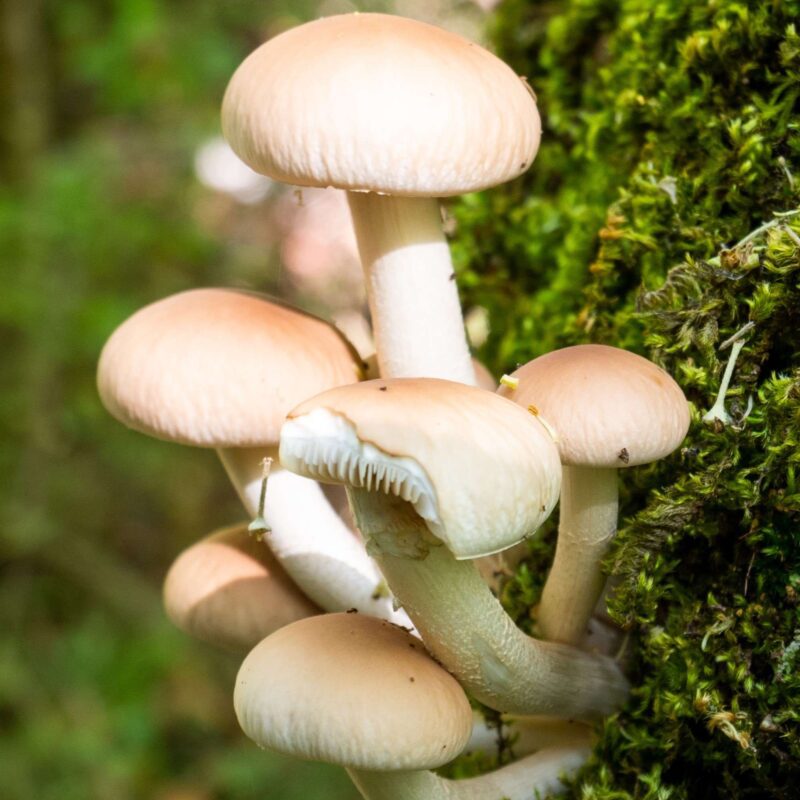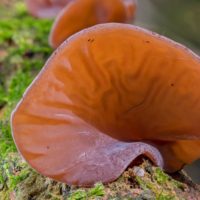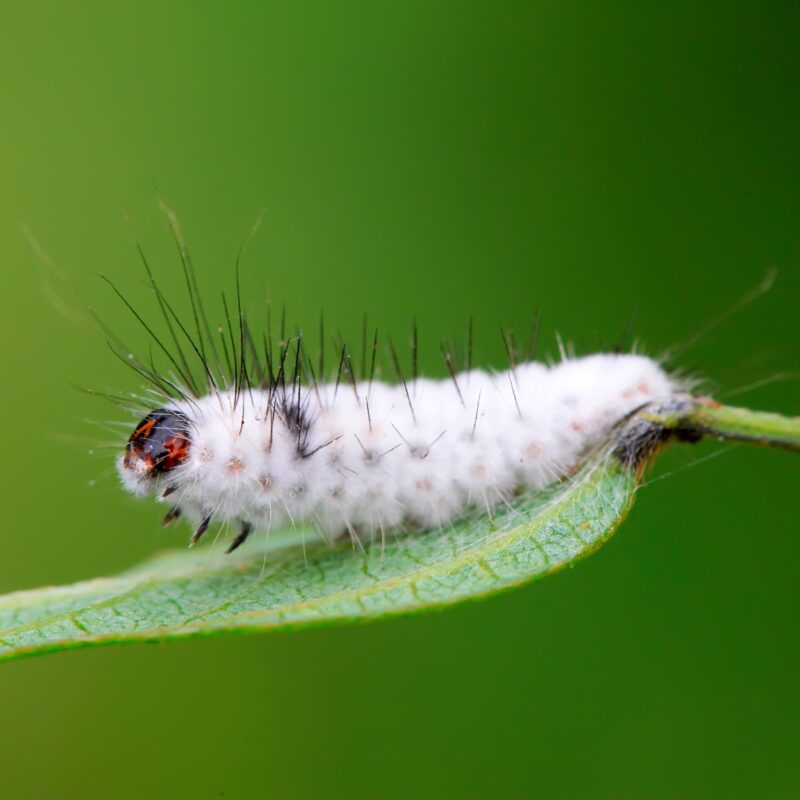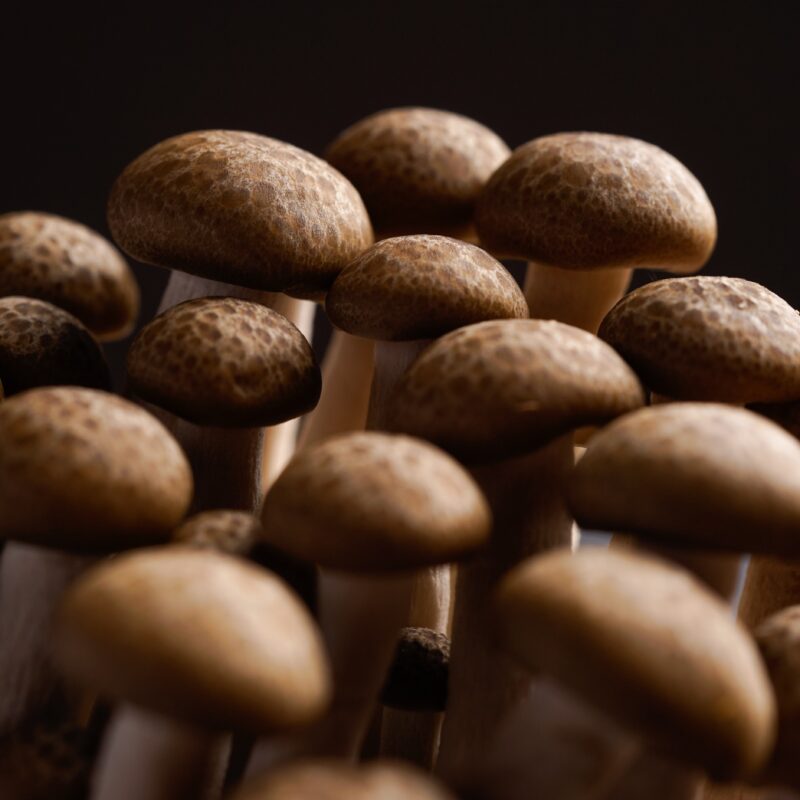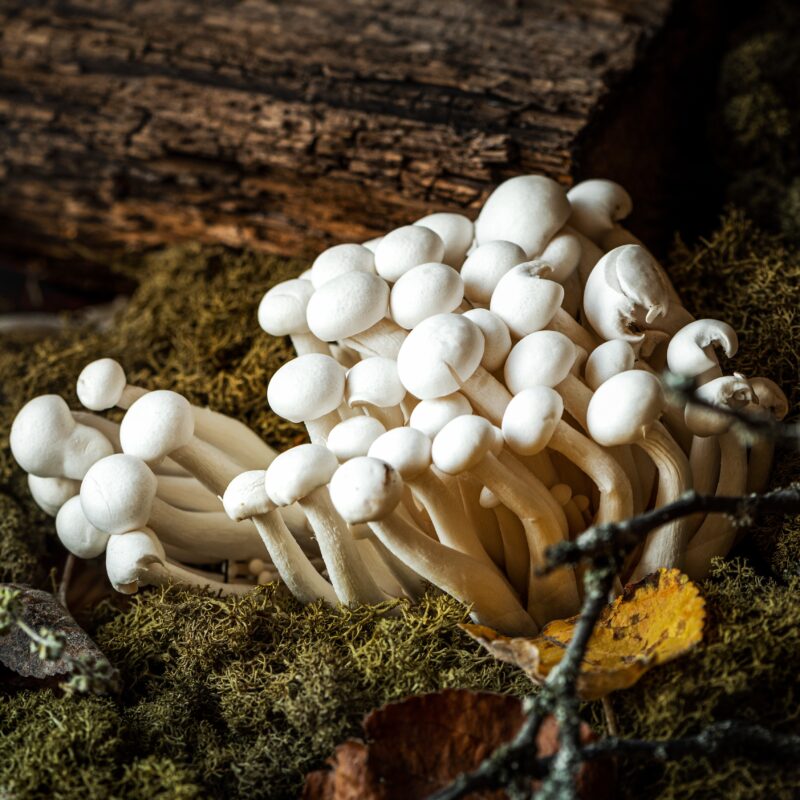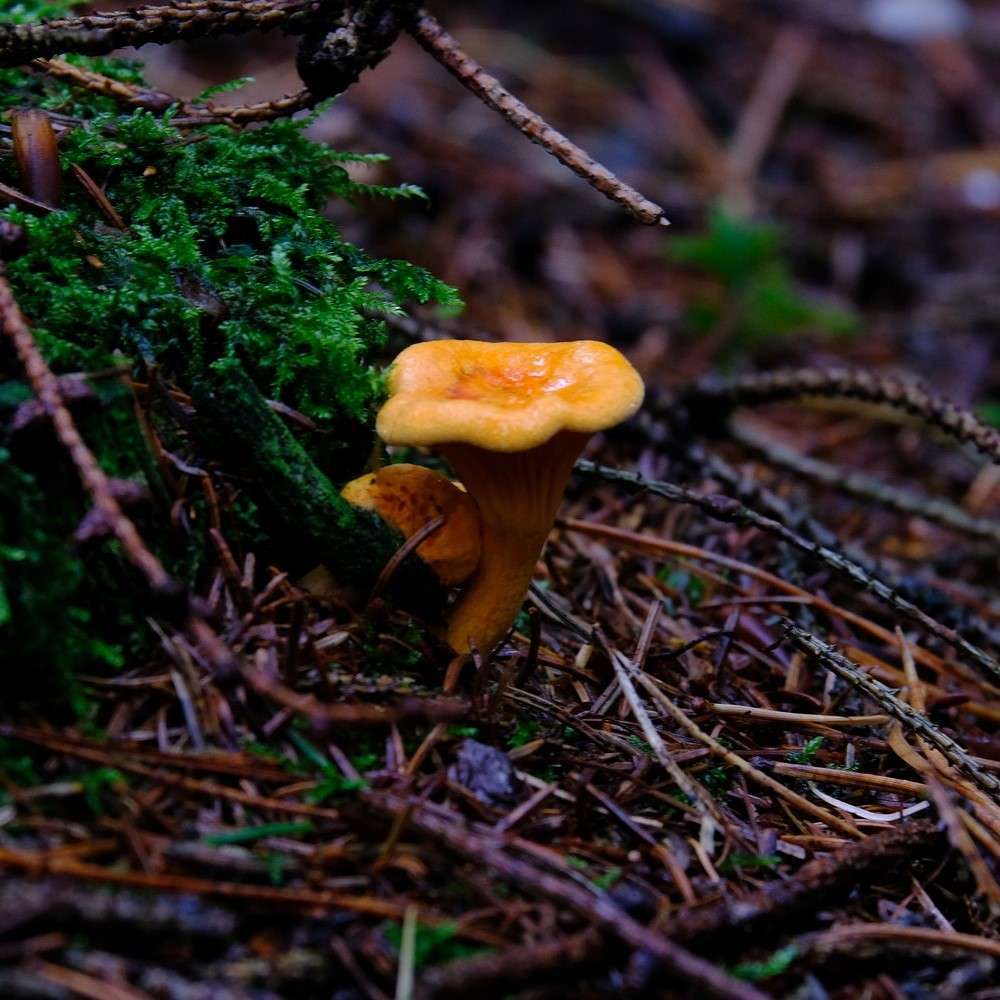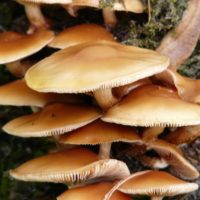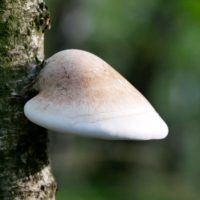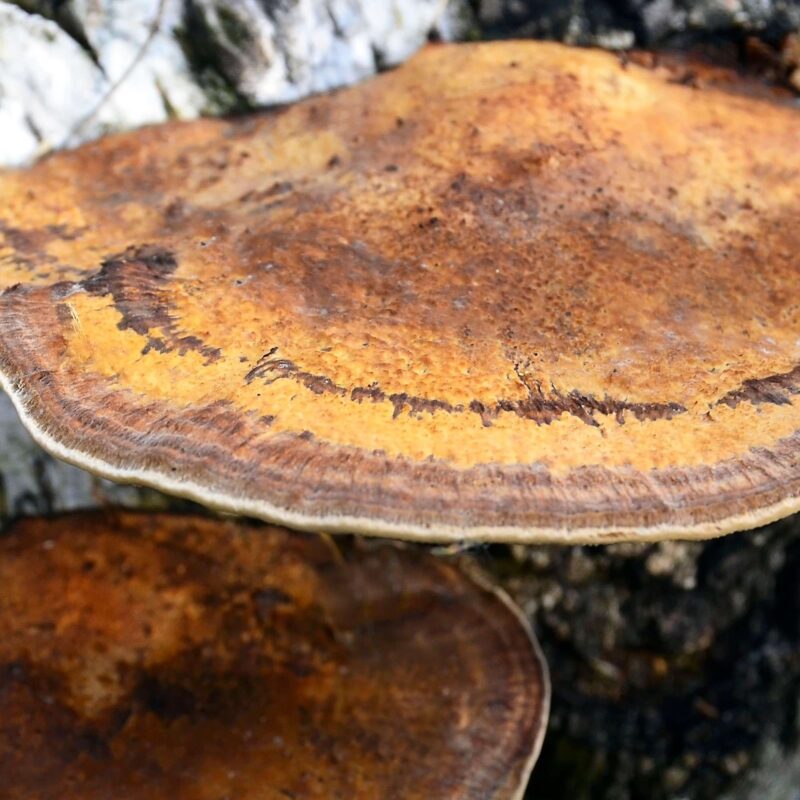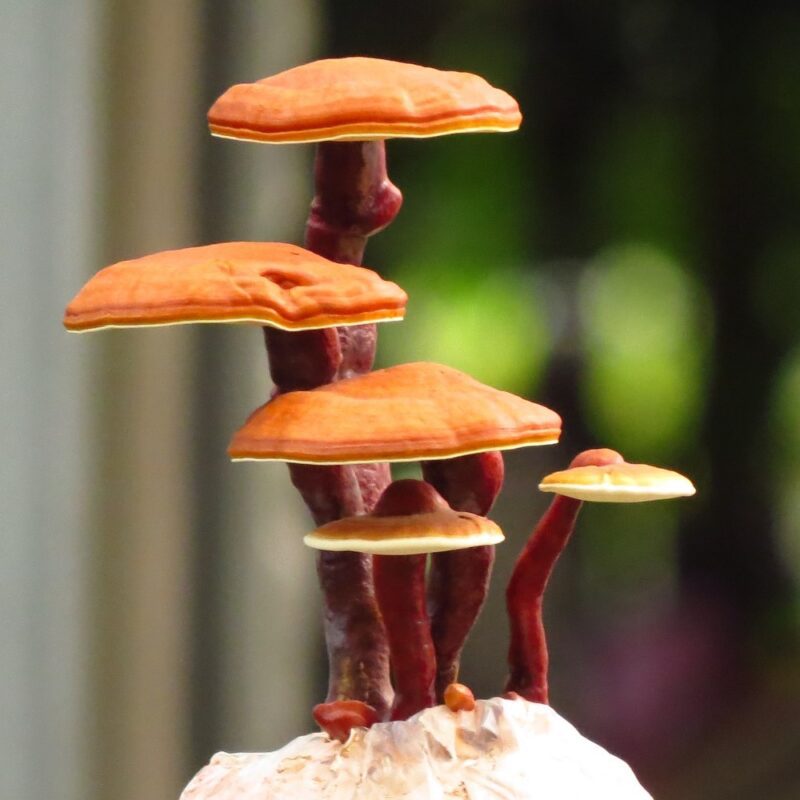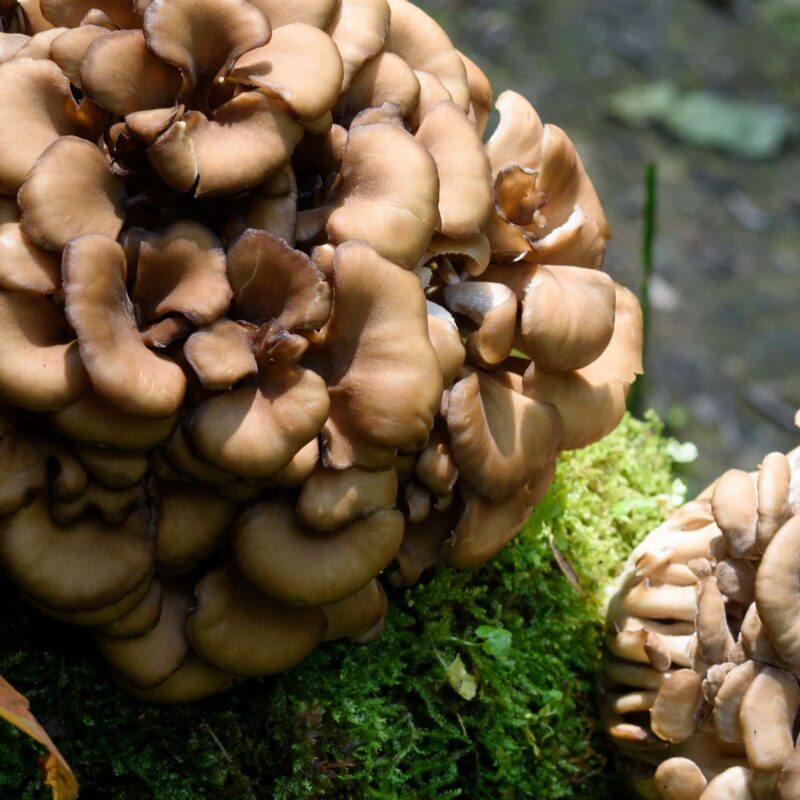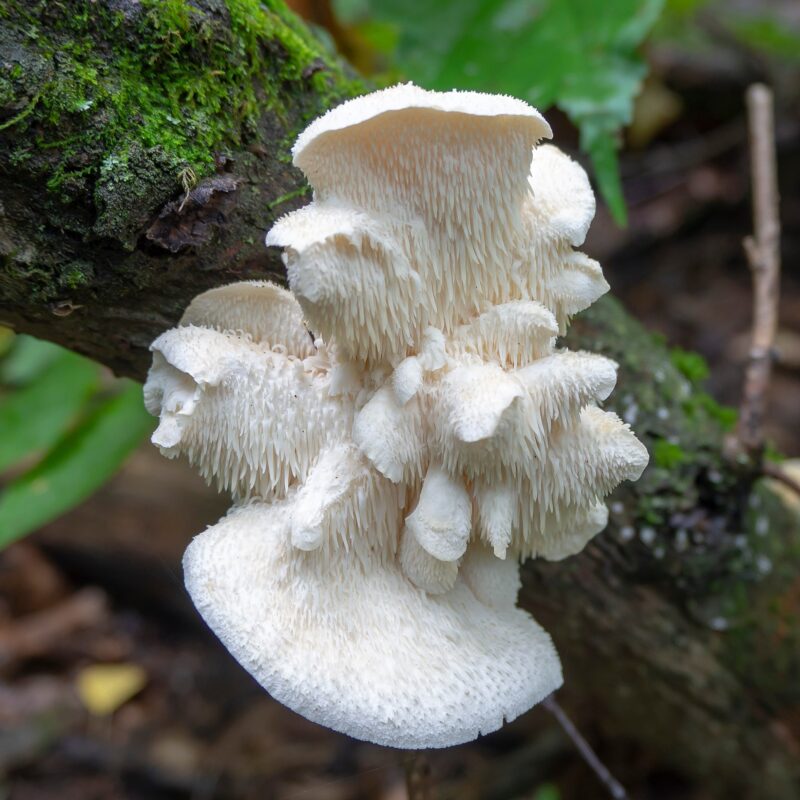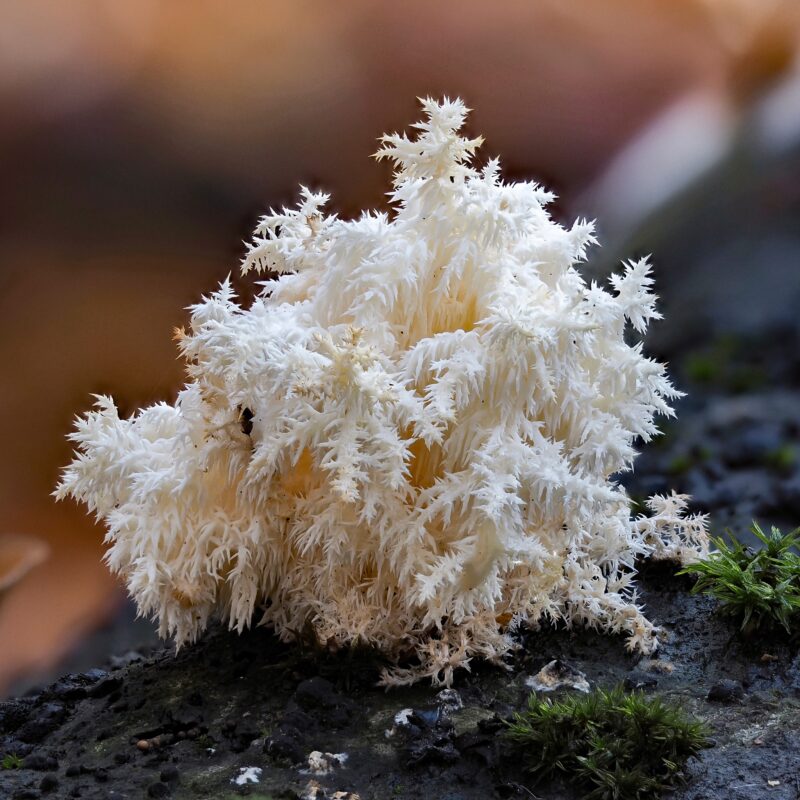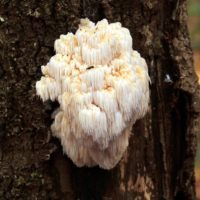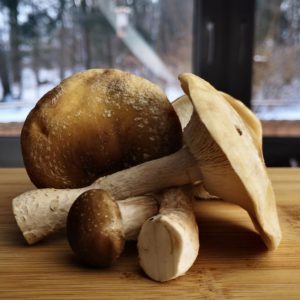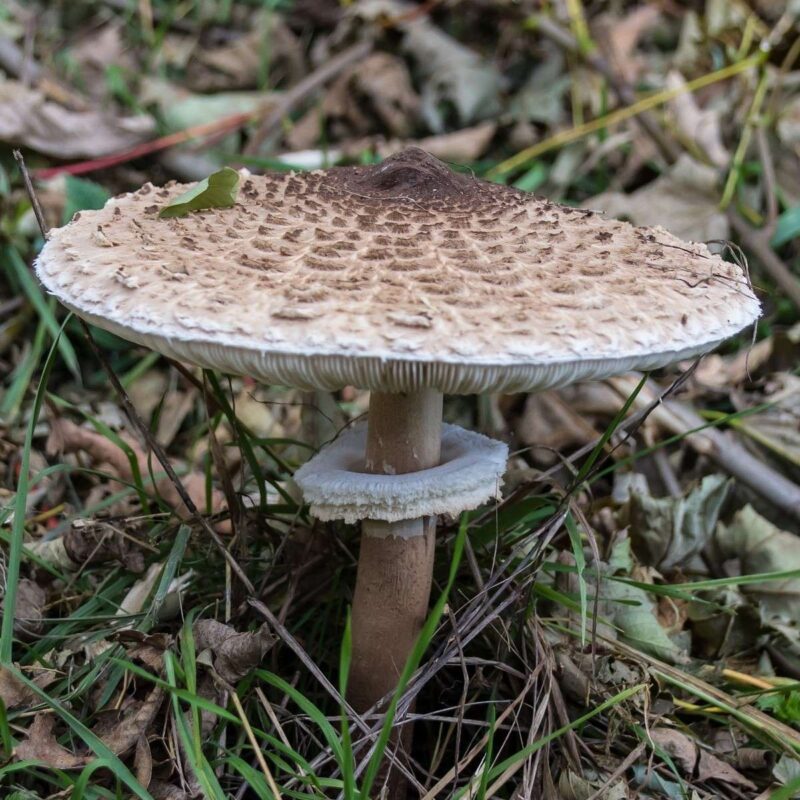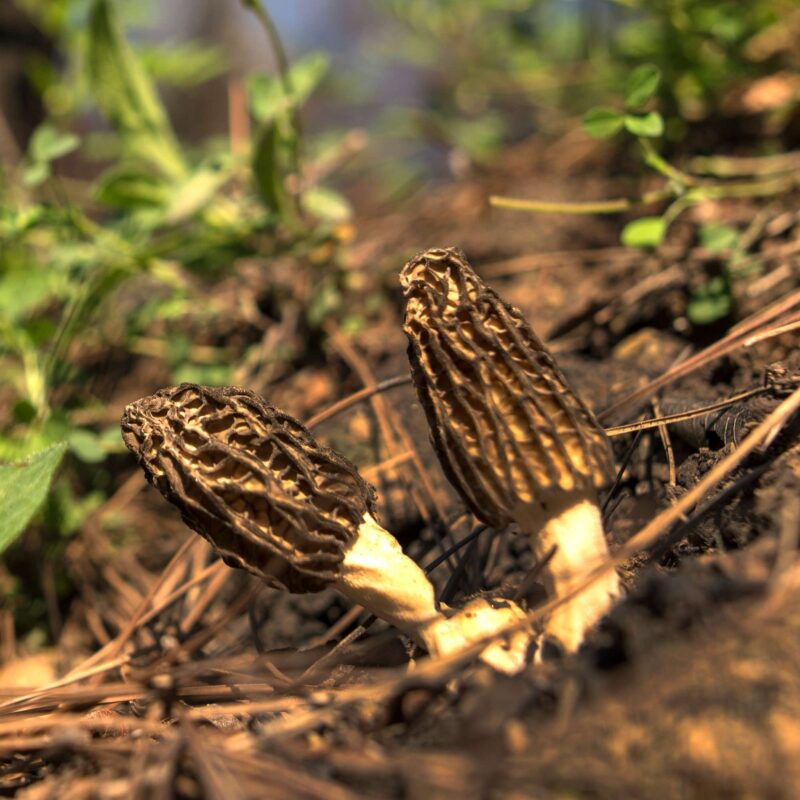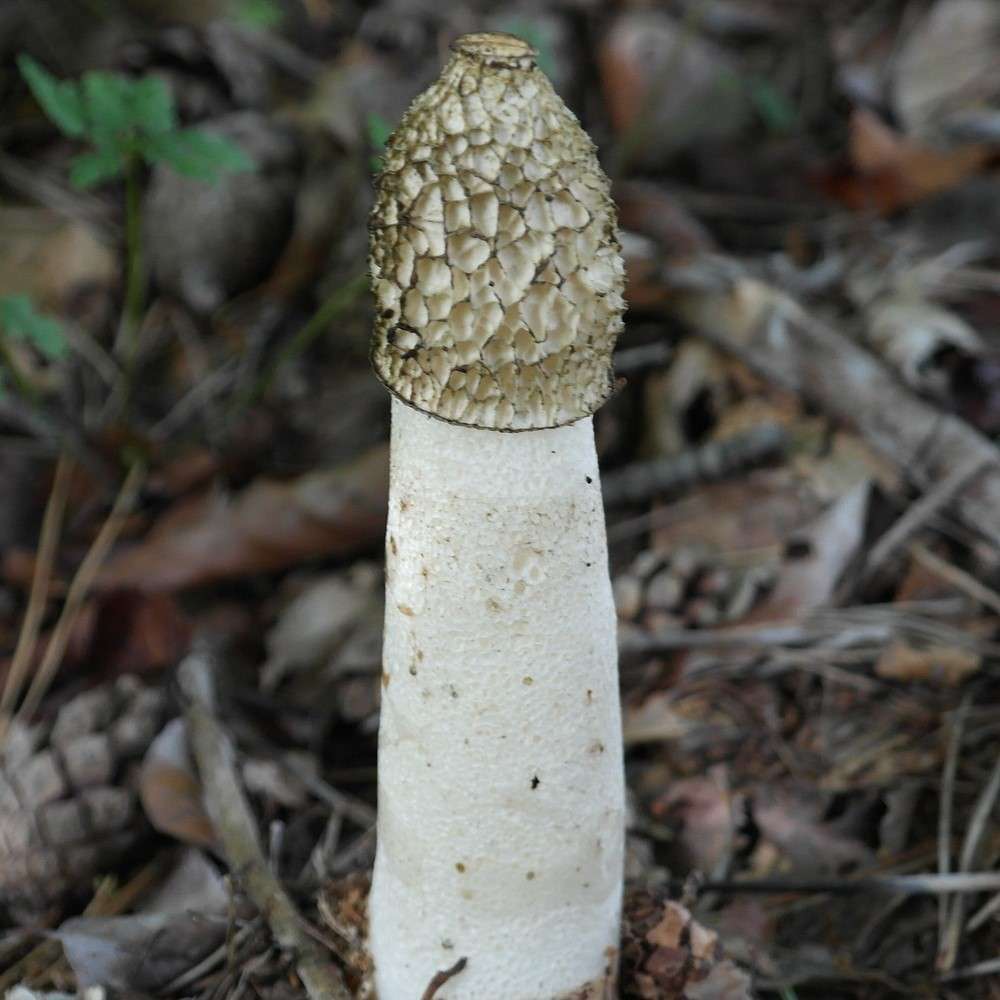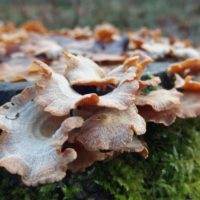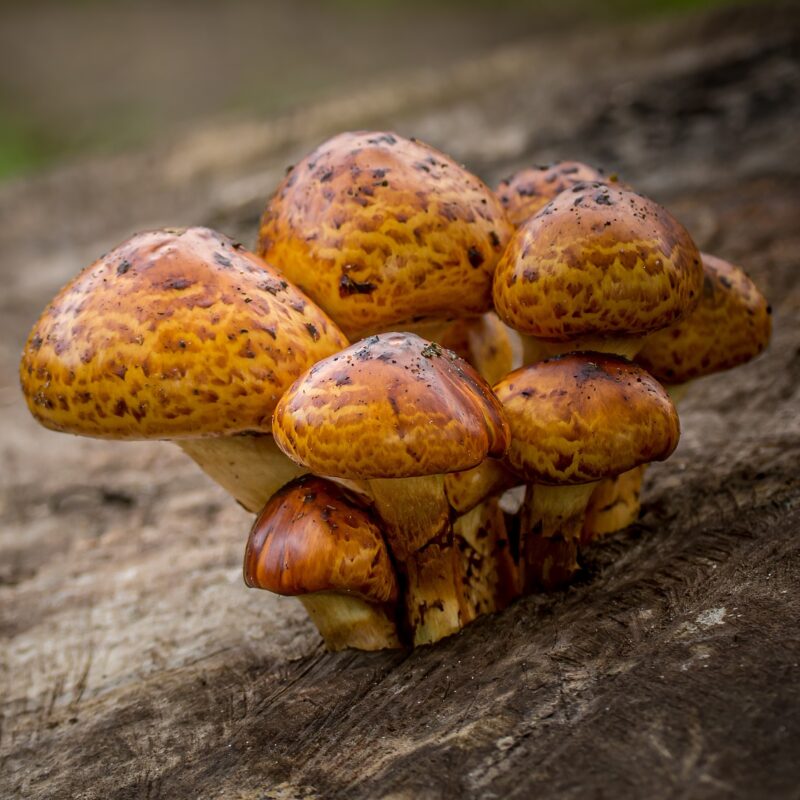Description
Properties
Even before humans began using fly agarics as an intoxicant, reindeer in Finland and Siberia had apparently discovered the intoxicating properties of Amanita muscaria. The shamans of the Sami people believed that eating mushrooms would give them prophetic powers.
It used to be considered a home remedy for flies, hence its name: sugar, milk and finely chopped mushrooms in a bowl are said to kill flies. Visually it may have looked like it, but it didn’t actually kill the flies. Half of all the flies woke up after a few hours.
about 6000 BC BC: The words panx (fly agaric) and pagan (mushrooms) have the same root in the “Ural” language. This split into the Samoyed and Finno-Ugric languages at this time, which according to R.G. Wasson suggests that the intoxicating qualities of the fungus were already known at the time.
about 3000 BC BC: According to the work of J. Ott “Pharmacotheon”, there are stone images on the stone banks of the Pegtymel River, which flows into an “Arctic Ocean” located in the so-called Chukotka region. There are also very old stone carvings of mushrooms from the Tassili mountains (Algeria).
Amanita muscaria is mistakenly considered a deadly plant. However, it only becomes life-threatening in such doses that no one takes it. Its use as a drug dates back to prehistoric times. Even today, the fly agaric is used as an intoxicant in many cultures around the world. With special preparation, it is also suitable as food, as stated in the literature. For use as an intoxicant, the fungus is gently dried over fire or in the sun to convert the less potent ibotenic acid to the more potent muscimol. By the way, an alcoholic extract is also said to be effective. Above all, attention should be paid to the pH value of the mixture.
Samoyads, Ostjacken, Tungus, Kamchadal and other Siberian peoples prepare warm or cold extracts with water or milky extracts from the dried mushrooms. Extracts of blackberry or willow juice are also used.
Some Siberians chew the dried Amanita muscaria in their mouths for a long time. The active ingredients leave the body unchanged in the urine, so in Siberia, where the fungus is very rare and expensive, urine is drunk to intoxicate several people. This is a very old & difficult ritual.
-It was used for malignant ulcers and nervous diseases, in naturopathy or in traditional Chinese and Japanese medicine.
-In Russia Amanita muscaria is fermented in the bottle and used as a balm for colds and pains.
-Good indicator of boletus & morels.
Causes severe gastrointestinal disturbances, circulatory failure, respiratory paralysis if consumed in large quantities! It also causes altered consciousness, delusions, euphoria, and psychosis. The fly agaric is available in numerous varieties and forms with the same active ingredients. There is a general warning against food experiments!

© clancy
1. Growing
Growing Procedure
In progress – Infos following soon
S
|
P
|
F
|
|
|---|---|---|---|
Temp °C |
|||
Relative Humidity % |
|||
Duration d |
|||
CO2 ppm |
|||
FAE per h |
|||
Light lux |
Natural Habitat
Spring to late autumn, mixed forest, symbiotic fungus
The fly agaric is widespread in coniferous and deciduous forests from summer to autumn and is locally common, especially near birch trees, with which it forms a mycorrhizal symbiosis. It grows in dense and light forests, as well as on forest edges. In the mountains it thrives up to the tree line. The fly agaric prefers acidic soils. These arise, for example, from the rocks granite, gneiss, porphyry, greywacke, quartzite, sandstone, as well as quartz sand and peat.
Amanita muscaria is also found in India at an altitude of 1,500-2,100 m, often associated with pine trees. It also occurs in Germany, Switzerland and Austria. It grows up to 2100m altitude. It also occurs in North Africa. North and Central America. species is called A.m. American variety. It thrives in acidic or neutral soils, but also siliceous. In Asia it should also be common in Siberia.
The fly agaric prefers acidic soils. These arise, for example, from the rocks granite, gneiss, porphyry, greywacke, quartzite, sandstone, as well as quartz sand and peat.
Affiliate Partner
Growing
Agar Culture Media: MEA
Cropping Cycle:
Containers for fruiting:
Biological efficiencies:
Substrates:
Growing Characteristics
2. Identification
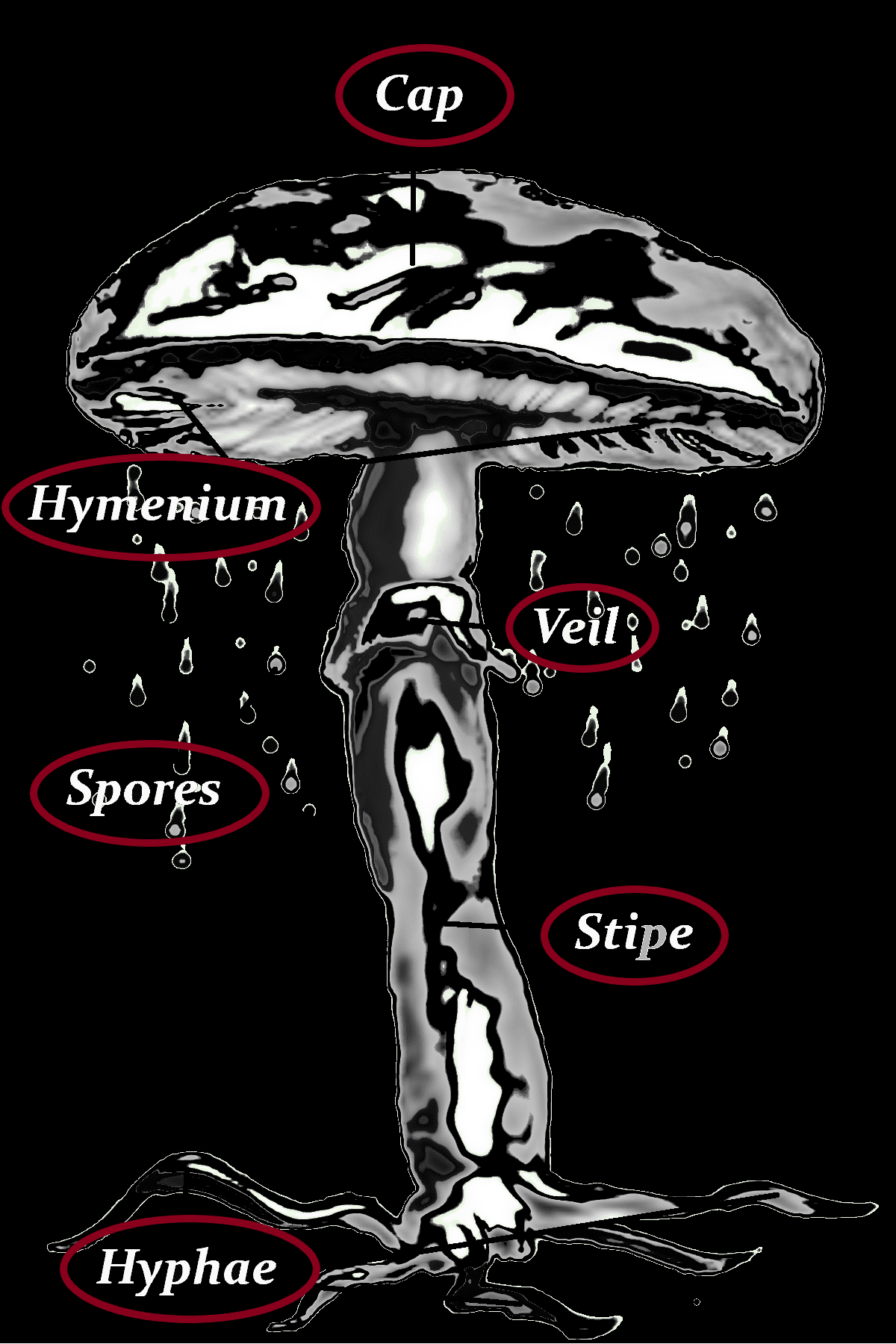
Cap
-3-18 (20) cm
-yellowish when young
-red, orange-red
-with white flaky flakes that may also have been washed off by rain
Stipe
7-16 (20) cm long
2-4 (6) cm diam. thick
white to pale yellow with warty base, with white, girdled velum zones.
Spores
8-12 x 5-9 µm
-white
Hymenium
White to pale yellowish, free to +/- finely adnate.
Danger of confusion
AMANITA MUSCARIA SSP. FLAVIVOLVATA, AMANITA MUSCARIA VAR. AUREOLA, AMANITA CAESAREA, AMANITA MUSCARIA VAR. FORMOSA
Veil
Whitish to yellowish, +/- margin yellowish serrated, floppy drooping, often ridged.
Hyphae
3. Consuming
Dosis
There is an urgent warning against food experiments. Collecting, possessing and selling drug mushrooms is illegal in many countries around the world. Amanita muscaria can be smoked. The mushroom caps are dried in the sun. Amanitas are taken orally in a variety of forms. The development of a physical or psychological dependency has not become known.According to Wanke and Taeschner, but also R.E. Schultes and A. Hofmann. 1-4 pieces are enough. The lethal dose is said to be around 100 mushrooms.
Duration:
8h
Effect
In a state of intoxication, a strange overestimation of size occurs, so that a stick held at a low level is perceived as too great an obstacle. We felt a sense of well-being, both physical and mental, due to the beautiful, clear weather and the inner state of calm and balance that we had reached at that time. There were no physical discomforts with this dose and technique. The effect wore off, no hangover or damage.
“The effects of Amanita muscaria started about 1 hour after consumption, the first sign is a jerk and tremor in all limbs, then patients feel that their feet are light and develop a sense of inner happiness and complete satisfaction. After this, they appear hallucinations and illusions. It’s also atypical courses, especially excited states. Nothing is known about chronic toxic damage.” -Intoxicants – Wanke and Taeschner
“Effects vary greatly from person to person, beginning 15-60 minutes after ingestion, with tremors, twitches, and mild cramps in extremities. Feet go numb. A euphoria marked by happiness, light-footedness, and desire to dance increases to colored visual hallucinations. Macropsia is common. This is followed by deep sleep due to exhaustion.” -The Botany and Chemistry of Hallucinogens – R.E. Schultes and A. Hofmann
Smell
-mushroomy
-pleasant
Taste
-mild
-mushroomy
-pleasant
Flesh
-white
-yellow under the cap skin
Composition
The mushroom contains 0.17-1% ibotenic acid and muscimol. Particularly high concentrations of active ingredients can be found in the yellow flesh under the cuticle. Fresh mushrooms mainly contain ibotenic acid, the content of which decreases during drying due to decarboxylation. Muscimol, which is a powerful hallucinogen, is made from the weakly active ibotenic acid. However, if you boil or fry the fly agaric vigorously, you destroy the active ingredients, which are very sensitive.
4. Data
other names
Amanita rubescens. death cap, fly agaric, Amanita caesarea, genus Amanita, blushing mushroom, slime mushroom, family Agaricaceae, death angel, false deathcap, Caesar’s agaric, destroying angel, blusher, royal agaric, Amanita verna, Amanita mappa, Amanita muscaria, death cup, fungus genus, Agaricaceae
Fliegenpilz, Soma, Fliegenschwamm, Rabenbrot, aeh kib lu’um (“das Licht der Erde”, bei den Lakandonen), tschasch baskon (“Augenoeffner” im Hindukusch), Toadstool (engl., allgem. fuer giftigen Pilz”), Miskwedo, fly-agaric (engl.), ampacao (Igorot, Philippinen), Narrenschwamm, (dt.)Glueckspilz, Muchumor, mukhomor, panx, tshashm baskon (“Augenoeffner”), nan-e-saghta (“Rabenbrot”), pagal (“bepilzt” – unter der Wirkung eines Pilzes stehend) (vermutlich ist eine Verwandtschaft mit dem Wort “pagan” – heidnisch existent), (eigen) yuy chauk, (Tzeltal/Tzotzil, Donnerkeil Pilz), kaqulja okox (Quiche, “Donnerkeil Pilz”), itzel okox (Quiche, “diabolischer Pilz”), xibalbaj okox (Quiche, “Unterweltspilz”), ruk’awach q’atzu:y (Cakchiquel, “teuflischer Pilz”), Kekchi rocox aj tza (Cakchiquel, “Teufelspilz”), cuicicitlal (modern. Nahuatl), terecua-cauica (taraskisch, “berauschender Pilz”), yuyo de rayo (span., Donnerkeil Pilz”), oronja span.
| Kingdom | Fungi |
|---|
| Division | Basidiomycota |
| Class | Agaricomycetes |
| Order | Agaricales |
| Family | Amanitaceae |
| Genus | Amanita |
| Species | A. muscaria |
| Ecology | mycorrhizal |




